David Hockney: The True Superhero Behind the Artist
David Hockney’s first sketches at London’s Royal College of Art were skeletons that took weeks to complete so David was delighted when R.B. Kitaj, an American art student from Ohio, offered him £5 ($6.50) for a drawing - a tidy sum back in 1959.
“I mean, you could live for a week on £5,” David recalled in 2019, a year after Hockney's Portrait of an Artist (Pool with Two Figures) sold for $90.3m at auction.
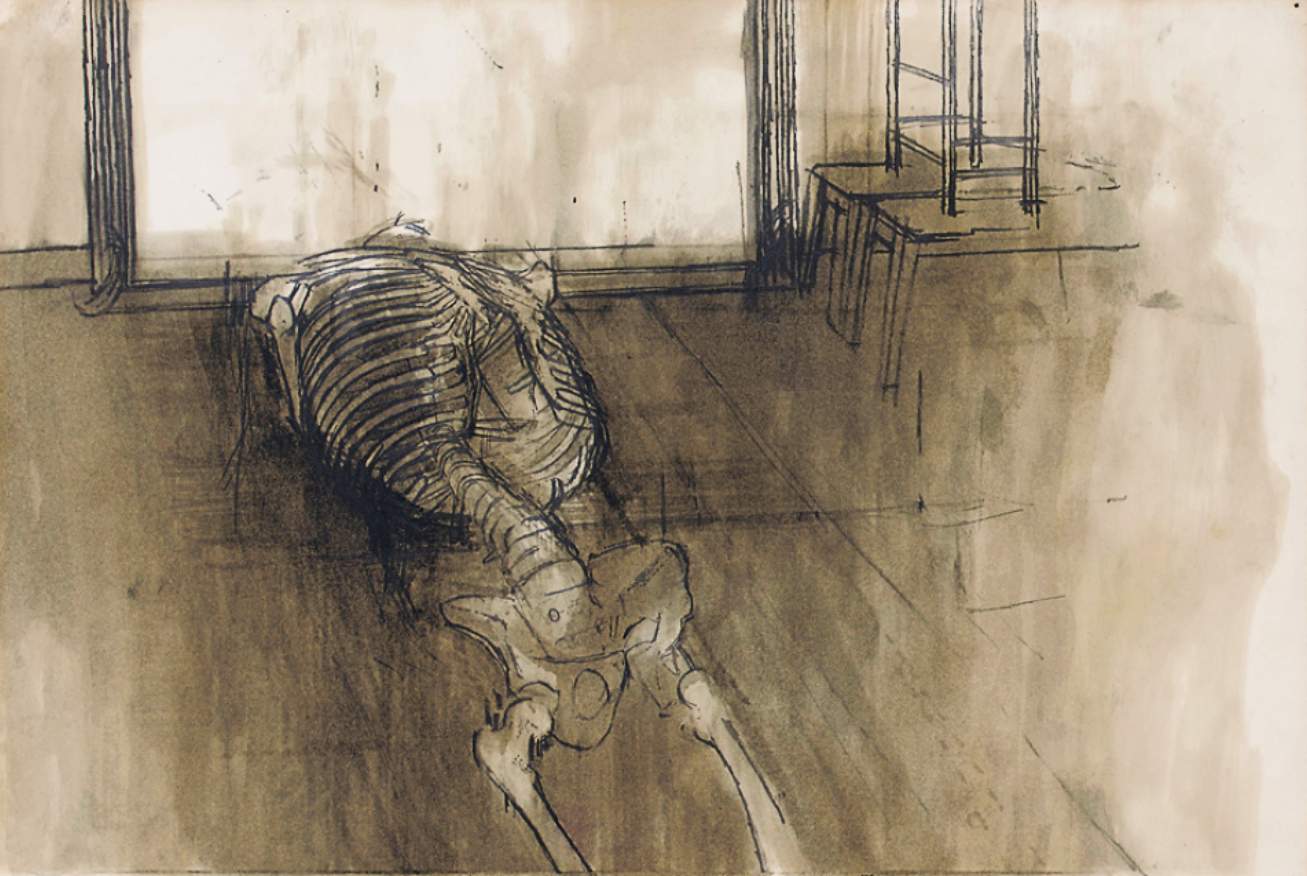
It was the beginning of a lifelong friendship with Kitaj and a turning point in David’s life. It finally dawned on the 22-year-old that he wasn’t just a country boy from Bradford, northeast England. He was an artist capable of holding his own with London’s finest.
David excelled at the Royal Academy, where he was exposed to American abstract expressionists including Willem de Kooning, Jackson Pollock, and Mark Rothko. He was already burnishing his reputation as a serious artist within the first year of the course.
Life Painting for a Diploma
When the Academy refused to let David graduate without completing a life drawing of a female model, Hockney submitted Life Painting for a Diploma (1962) in protest but refused to write the required essay, preferring to be judged solely on his art. In recognition of his incredible talent, the Royal Academy changed the rules and awarded his diploma. His first solo show at London’s Kasmin Gallery in 1963 was a sell-out. David Hockney was ready for the big time - America.
"The brand new social experience where you activate your gaming skills as you train like a spy."
- TimeOut
Take on thrilling, high-energy espionage challenges across different game zones.


The early years
Even those who aren’t familiar with David Hockney’s body of work likely recognize his Los Angeles-inspired swimming pools. He is also, however, one of the most influential and versatile artists of his generation.
Born in 1937, into a humble family, David held his father in high regard. Kenneth Hockney was a clerk who dabbled in photography and took art classes at night. He was also a conscientious objector during WWII and refused to do any war-related work, which meant money was tight and the danger was palpable.
On one particularly harrowing evening, more than 100 bombs fell on the city of Bradford. In another air raid, in the early hours of August 31, 1940, a German bomber flying over West Yorkshire released a stick of bombs directly over David’s street. He was three years old, huddling under the staircase with his family, and has never forgotten his mother’s piercing scream.

The superhero artist emerges
Born with synesthesia, Hockney sees colors in response to musical stimuli and his fascination with art started at an early age. He loved watching his father repair and paint bicycles in the basement to earn money during the war. When David won a scholarship, he deliberately failed some of his tests because only the bottom tier of students were allowed to study art.
Infuriated, one of David’s teachers wrote: “He should realize that ability in and enthusiasm for art alone is not enough to make a career for him.”
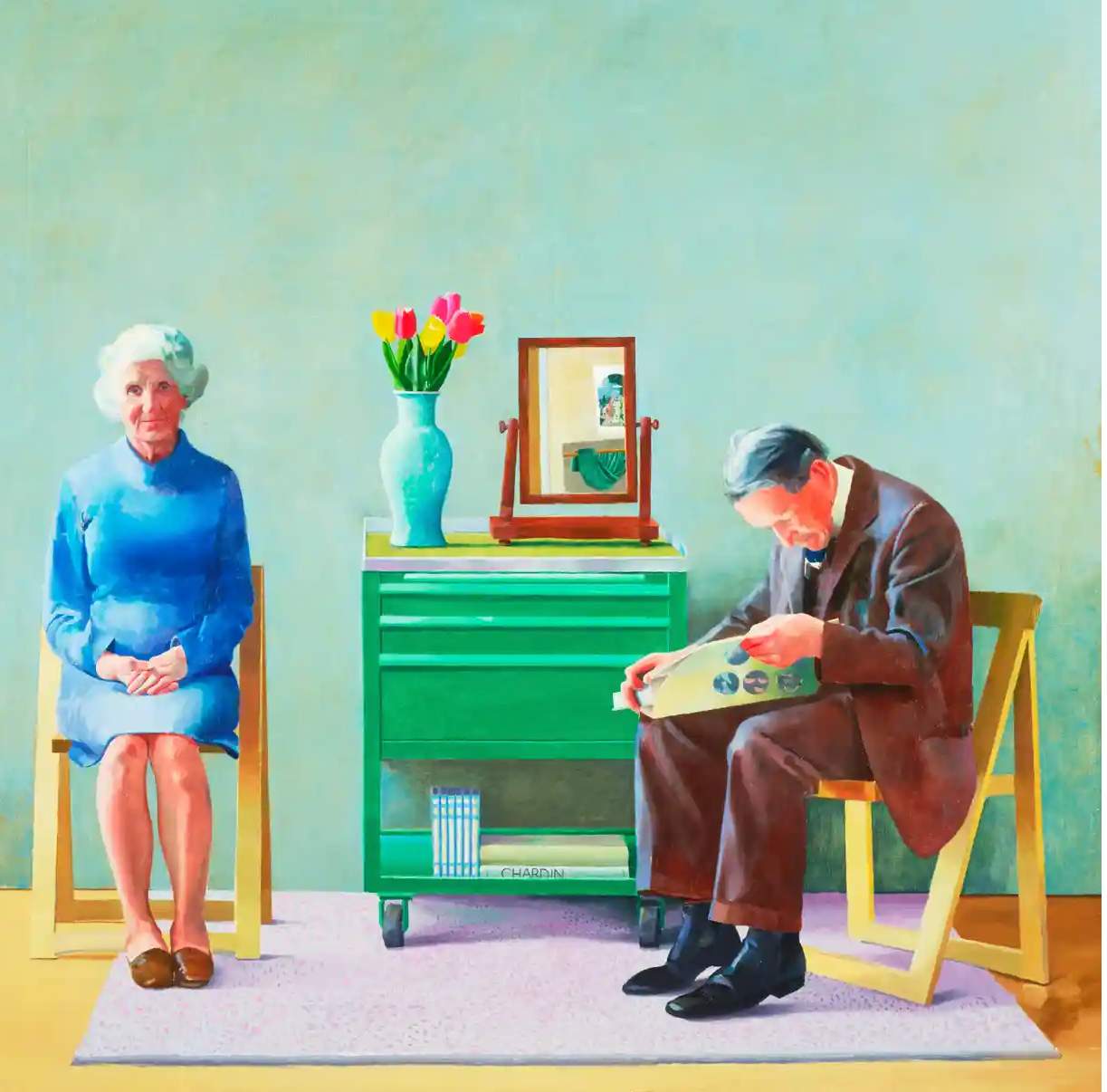
The conscientious objector
When he was finally allowed to study at the Bradford College of Art at 16, it was a dream come through - he would be learning nothing except art and he wanted to know everything: “I was an innocent little boy of 16 and I believed everything they told me, everything,” he said. “If they said ‘You have to study perspective,’ I’d study perspective; if they told me to study anatomy, I’d study anatomy. It was thrilling after being at the grammar school to be at a school where I knew I would enjoy everything they asked me to do.”
Like his father, David Hockney signed up to be a conscientious objector, rather than accept national military service, so he worked for two years in British hospitals. By the time David was accepted into the Royal College of Art in London he was already in his 20s and his future as an artist seemed assured. In 1962, he was awarded the Royal College of Art gold medal in recognition of his mastery as a draftsman and his innovative paintings. By now, it was the swinging ‘60s and Hockney’s next stop would be Los Angeles.
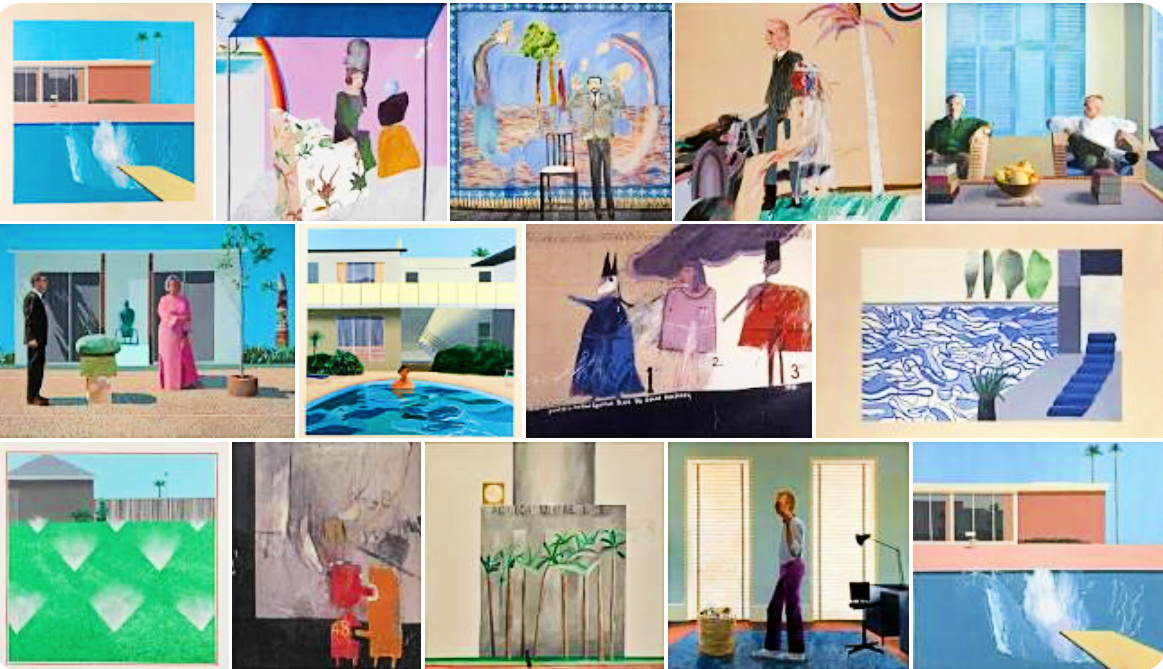
The move to America
Although the US did not legalize homosexual relationships until 2003, David began producing evocative, sometimes homoerotic, iconic images of urban life in the 1960s. He was one of the most well-known artists in the pop art movement, recognized internationally for his bright, colorful paintings.
The Royal Academy describes his ‘60s style as: “More naturalistic, but it was always characterized by Hockney’s alertness to the psychological and emotional resonance of his subject matter.”
Despite his success, David would struggle with heartbreak in the years to come. The US was in the grip of an HIV/AIDS crisis and Hockney would later recall losing two-thirds of his American friends. “You think about them every day and then you stop it,” he said. “Because there’s too many actually, and it would rather drive you mad if you think about it. And slowly you have to realize that it’s kind of become part of your life.”
He believes New York would be different today had not so many died: “It would be bohemia still. That’s the world I arrived in, that’s the world I lived in actually.”
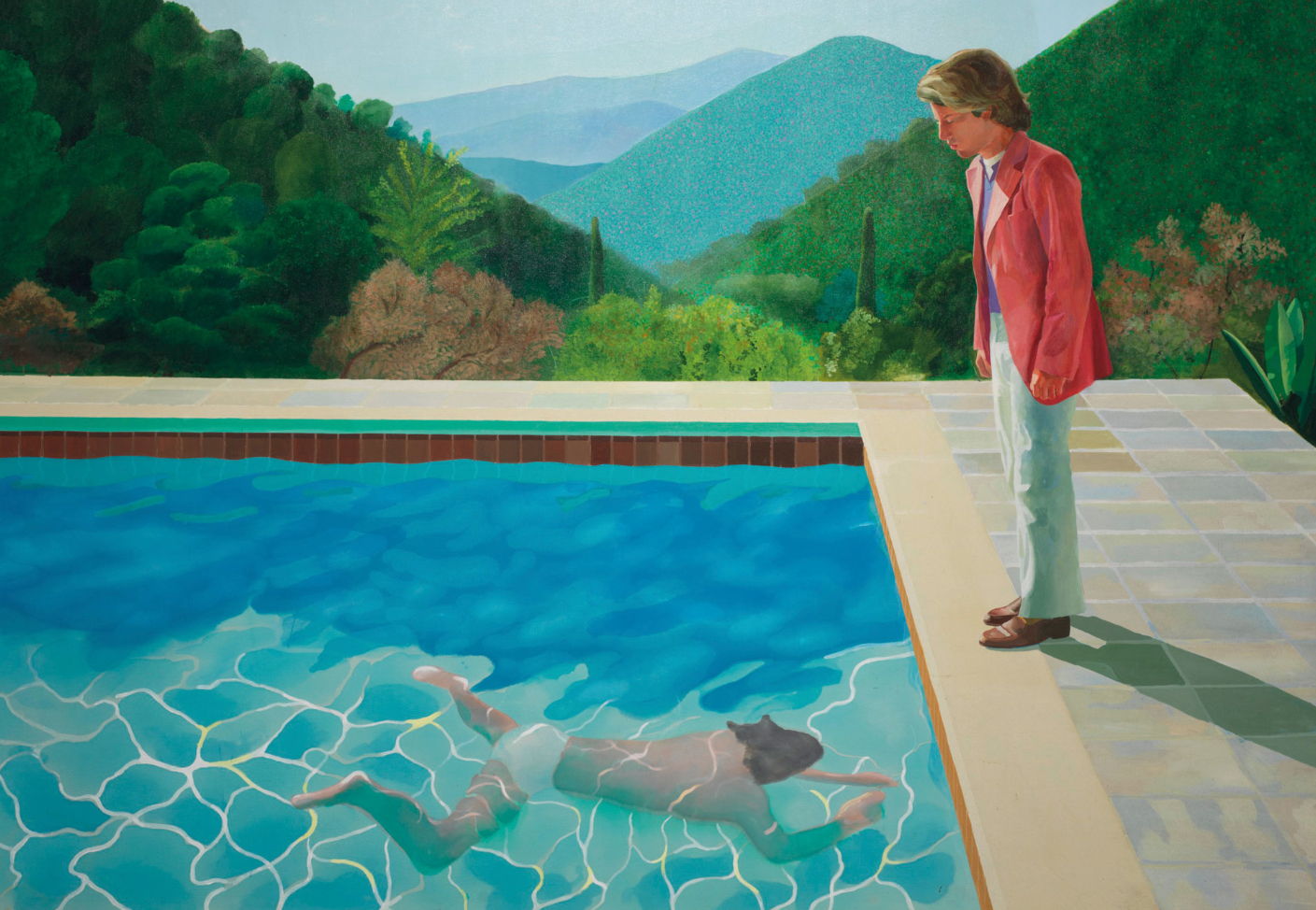
Portrait of an Artist
Hockney divided his time between Los Angeles, New York, and Paris in the decades that followed, never far from the spotlight during an incredible career where he experimented with a variety of styles from lives to landscapes, portraits of friends, relatives, and his dogs. He designed sets for the Royal Court Theater and the Metropolitan Opera in New York City when he wasn’t creating art.
Although he has never translated his synesthesia into his paintings, David uses his disability to his advantage when designing opera stage sets - he bases the background colors and lighting on the colors he sees while listening to the musical score.
Throughout the decades, he has never been far from his roots in Yorkshire - he even painted the local phone book in 1989 - and has always reinvented his art. In 2010, David Hockney bought his first iPad and a new world opened up. Still captivated by America’s West, he painted Yosemite Park on his iPad in a series of sketches, reveling in the immediacy: “You can set up a palette very, very quickly indeed - quicker than any other medium,” he said.

Giving back
David Hockney is not just one of the most important artists of his generation but also a very generous one. The UK ‘Giving List’ named him one of Britain’s largest philanthropists in 2012, after he donated $124m of his art to his charitable foundation, which in turn donates hundreds of his works to museums each year. (According to media reports, financial experts believe Hockney’s donation is philanthropic rather than a maneuver to reduce his tax bill.) In addition, he donated £1.2m in cash to fund the foundation’s operations.
David has also donated his art to raise money for other charities, including The Laurel Foundation which offers mental health programs for those affected by HIV/AIDS, and he supports other AIDS and art initiatives. During the Covid-19 lockdown in 2020, David shared never-before-seen iPad designs from his home in Normandy, France as a respite from the grim news.
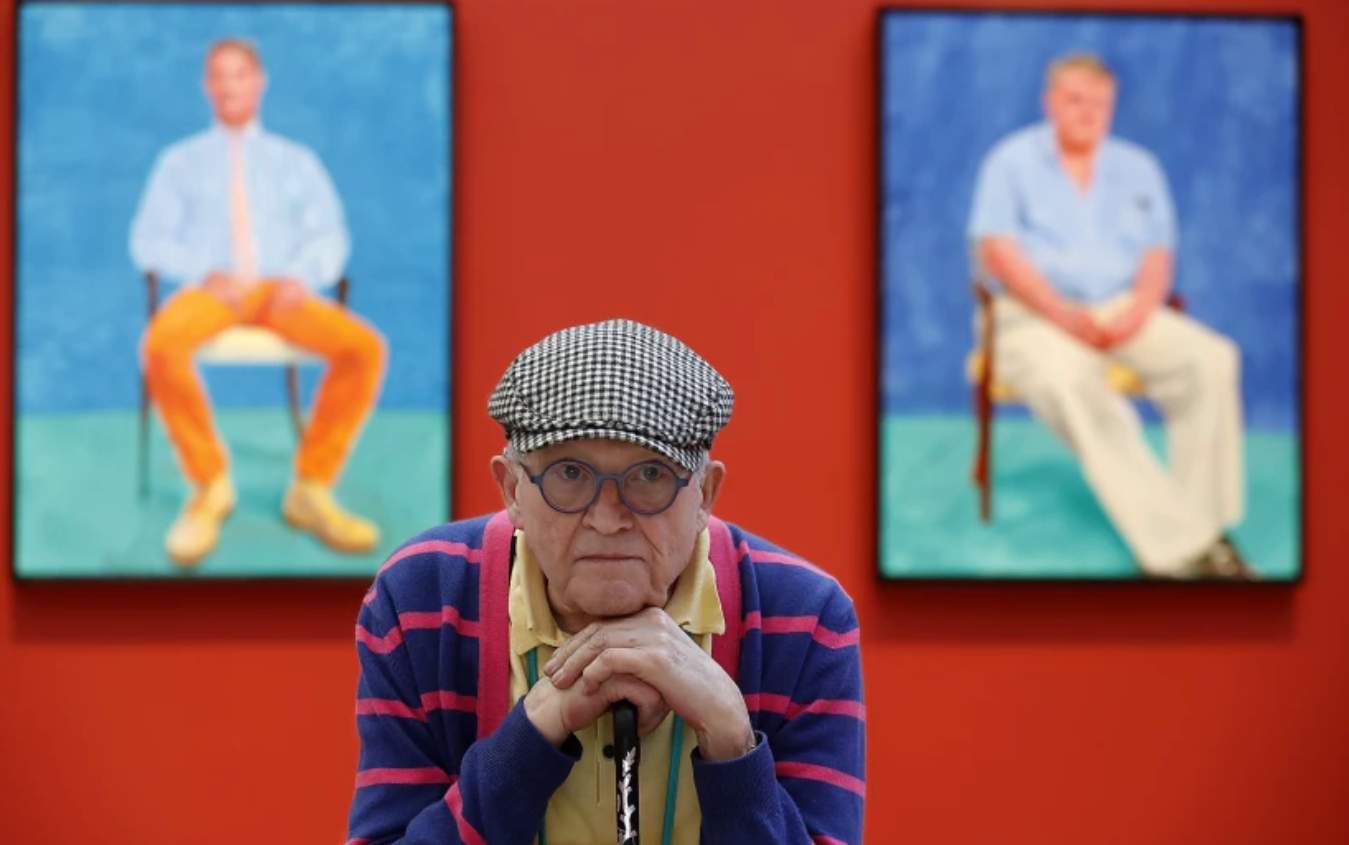
True Superhero
Maintaining good health is a matter close to his heart. In addition to suffering a stroke in 2012, Hockney has been losing his hearing for decades. He can no longer tell where sound is coming from and must rely on hearing aids. It is a condition inherited from his father, but typically David now sees his disability as an advantage, noting he believes he can see space more clearly: "If you lose one sense, you gain other senses."
He has no plans to retire or spend his days splashing around in one of the swimming pools that brought him incredible fame and fortune. David’s work brings him enough pleasure. “I was never much of a party boy,” he once said. “I am a worker. An artist can approve of hedonism, but he can’t be a hedonist himself.”
SPYSCAPE+

Join now to get True Spies episodes early and ad-free every week, plus subscriber-only Debriefs and Q&As to bring you closer to your favorite spies and stories from the show. You’ll also get our exclusive series The Razumov Files and The Great James Bond Car Robbery!


Gadgets & Gifts
Explore a world of secrets together. Navigate through interactive exhibits and missions to discover your spy roles.
Your Spy Skills
We all have valuable spy skills - your mission is to discover yours. See if you have what it takes to be a secret agent, with our authentic spy skills evaluation* developed by a former Head of Training at British Intelligence. It's FREE so share & compare with friends now!
* Find more information about the scientific methods behind the evaluation here.


Stay Connected
Follow us for the latest
TIKTOK
INSTAGRAM
X
FACEBOOK
YOUTUBE